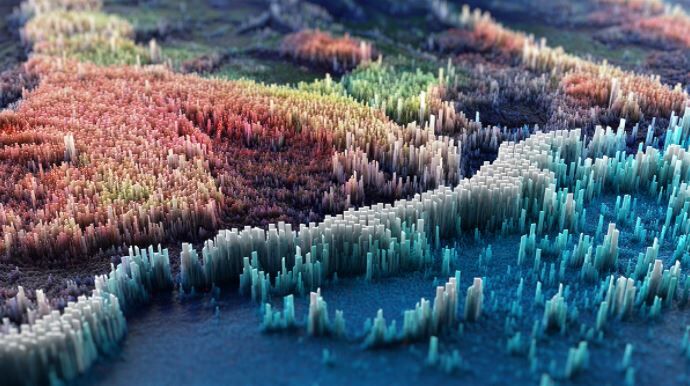The Best Ways to Measure and Analyse Particles

For many people, the thought of measuring and sizing particles (that are often too small to be visible) can seem completely baffling. Just the thought of how this could possibly be done can seem daunting.
These days there are several types of particle size analyser instruments available that operate using different measurement techniques. laser diffraction is one such technique that can give us great insight into the properties of different materials.
Of course, there is no single measurement technique that can be used to measure all materials and all particle sizes. As such, some industries use a range of different techniques to measure different materials. The problem with this is that different techniques measure different dimensions of particles, so when they often yield different results.
In order to understand more about the different results that are obtained through particle measurement and analysis, it is useful to be aware of some commonly used methods. These include:
Sieves:
This is one of the oldest and most traditional of all the methods of measuring particle size and is so often used because it is cheap and reasonably effective when measuring larger particles. The measurement of large particles occurs in a number of industries, including the mining industry.
However, the use of a sieve makes it impossible to measure particles within sprays or emulsions. Even dry powders become very difficult to measure when particle are very fine. A further disadvantage is that the ability to reproduce results is difficult, particularly when the technique of wet sieving is applied.
In order for particle size results from sieves to be useful and informative, the operating methods and measurement times need to be standardised.
Sedimentation:
This is another technique which has been around for a long time and has historically been used in certain industries. Soil scientist have long used sedimentation to measure course grained soils (ie.sand) and it has also been widely used in the ceramics industry. While some industries have a long history with sedimentation, it has also provided these industries with some problems.
For a start, the calculation of size from sedimentation rate is only valid for spherical particles. If the particles are not spherical then the results reported can be very different from reality. It is also necessary to know the density of a material. If density is not known, or if a sample contains a mixture of materials, it is difficult to obtain accurate results. It is impossible to determine the size of emulsions particles, where the material does not settle. Similarly, it is difficult to get accuratete measure of large and very dense materials where the material quickly settles.
Electrozone Sensing:
This technique is particularly useful for measuring the size of blood cells but it poses some problems as a technique for measuring industrial materials. Samples must be suspended in a salt solution so it is not possible to measure emulsions and many dry powders. Measuring the particle size within sprays simply cannot be done.
Laser Diffraction:
A popular and preferred measurement technique, laser diffraction also has the advantage of being one of the most accurate ways of measuring particle size. Other advantages of laser diffraction include:
- It provides a great degree of flexibility for different materials
- Results and answers can be provided quickly (in less than one minute)
- It is an absolute method of particle analysis
- There is no need to calibrate instruments against a standard
- It is possible to measure dry powders, suspensions, emulsions, sprays and many other materials
- The technique provides a wide and dynamic range of measurement
- The measurement of an entire sample is possible
- The technique can be repeated easily.
While there are a range of ways to measure and analyse particle size, the most appropriate way of measuring any given material will and should depend on the type of material that is being measured.




 02 9541 3500
02 9541 3500